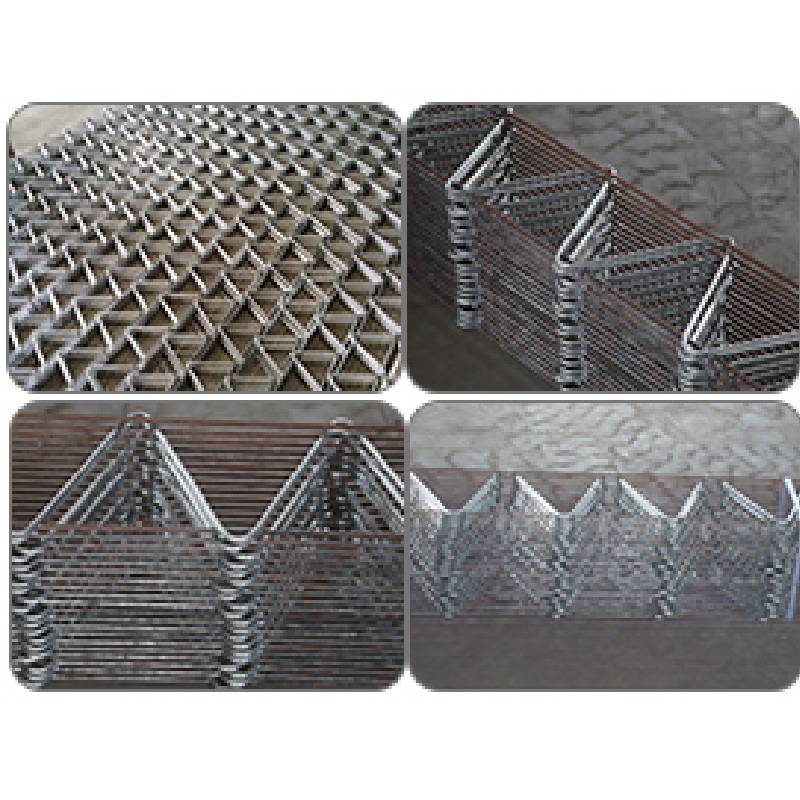
- Mobile Phone
- +8613931874955
- sales@cntcmetal.com
Calculating the Expenses for Fencing a Field per Linear Foot for Budget Planning
Understanding Field Fence Cost per Foot
When it comes to agricultural land management, one of the essential elements to consider is fencing. Field fences play a crucial role in defining property boundaries, protecting crops, and keeping livestock safe. However, the cost associated with installing a field fence can vary greatly depending on several factors. In this article, we will explore what influences the cost per foot of field fencing and provide insights into how you can budget for this essential investment.
Factors Affecting Cost
1. Material Type The choice of material is one of the most significant factors affecting the cost of a field fence. Common materials include wood, barbed wire, vinyl, and welded wire. For instance, while wooden fences may cost between $15 to $30 per foot, barbed wire is typically much cheaper, ranging from $1 to $3 per foot. On the other hand, high-quality vinyl fencing can go upwards of $20 to $40 per foot. The durability, maintenance needs, and aesthetic aspects of each material should be weighed against your budget and fencing requirements.
2. Fence Height and Design The height and style of the fence also play critical roles in determining overall costs. A standard field fence typically ranges from 4 to 6 feet in height. Taller fences generally incur higher material and installation costs. Additionally, decorative designs or more complex configurations, such as those needed for specific livestock, can further elevate expenses.
3. Installation Costs Labour costs significantly influence the overall price per foot of fencing. DIY installation can save you money, but it requires tools and skills. If you opt for professional installation, you can expect to pay an additional $5 to $15 per foot for labor, depending on regional rates and the complexity of the installation.
4. Terrain and Accessibility The landscape of the property can also affect costs. If the land is hilly, rocky, or densely wooded, additional effort and equipment may be needed to install the fence, resulting in higher labor costs. Moreover, if the location is difficult to access, it may incur extra transportation fees for materials and labor.
field fence cost per foot

5. Permits and Regulations Depending on the local regulations, you may need permits for installing your fence, especially if it’s near property lines or in certain agricultural zones. It’s essential to research local fencing regulations, as the associated fees could impact your overall budget.
Budgeting for a Field Fence
When planning your budget, it is advisable to create a comprehensive estimate that accounts for all variables. Here’s a simple breakdown to help guide your budgeting process
- Material Costs Research the types of materials you wish to use and calculate the total length of fencing required. Multiply the cost per foot by the total length to get an estimate. - Labor Costs Decide whether you’ll hire professionals or go the DIY route. Obtain quotes from contractors to ensure accurate budgeting.
- Additional Expenses Don’t forget to account for costs such as permits, tools (if DIY), and any necessary landscaping or site preparation.
Conclusion
Investing in a field fence is an important decision that requires careful consideration and planning. By understanding the factors that influence the cost per foot and how to effectively budget, you can make informed choices that align with your agricultural needs and financial constraints. Whether you prioritize durability, aesthetics, or cost-efficiency, the right fence will serve as a valuable asset to your property for many years to come.
share:
-
Your Source for Concrete Wall Ties and Masonry AccessoriesNewsJul.10,2025
-
Unlocking the Power of Iron Wire for Every ProjectNewsJul.10,2025
-
Explore Advanced Chain Wire and Stainless Steel Mesh FencingNewsJul.10,2025
-
Discover the Benefits of Annealed Wire ProductsNewsJul.10,2025
-
Discover China Stainless Steel Wire Mesh SolutionsNewsJul.10,2025
-
Build with Confidence Using High-Performance Masonry AccessoriesNewsJul.10,2025
-
Why Sacrificial Formwork Is Redefining Underground ConstructionNewsJun.06,2025



















